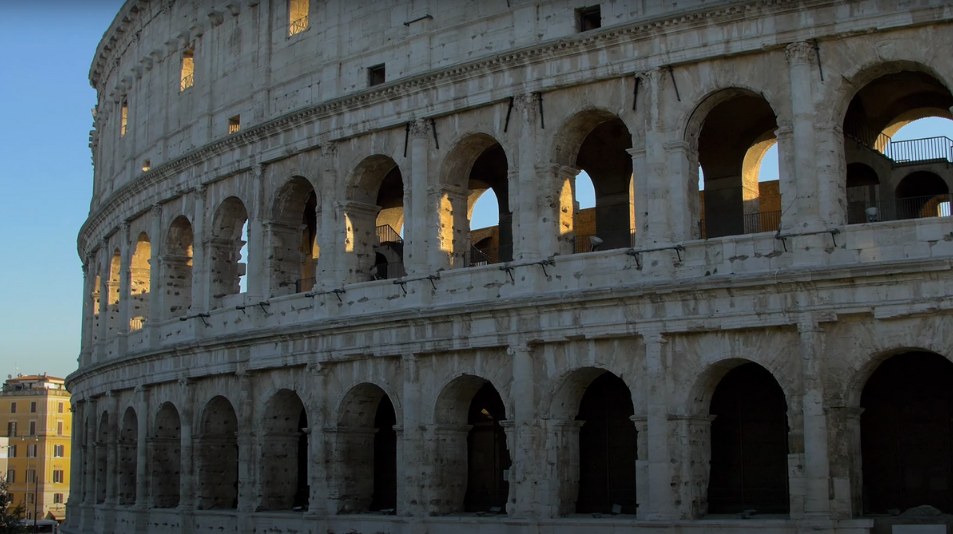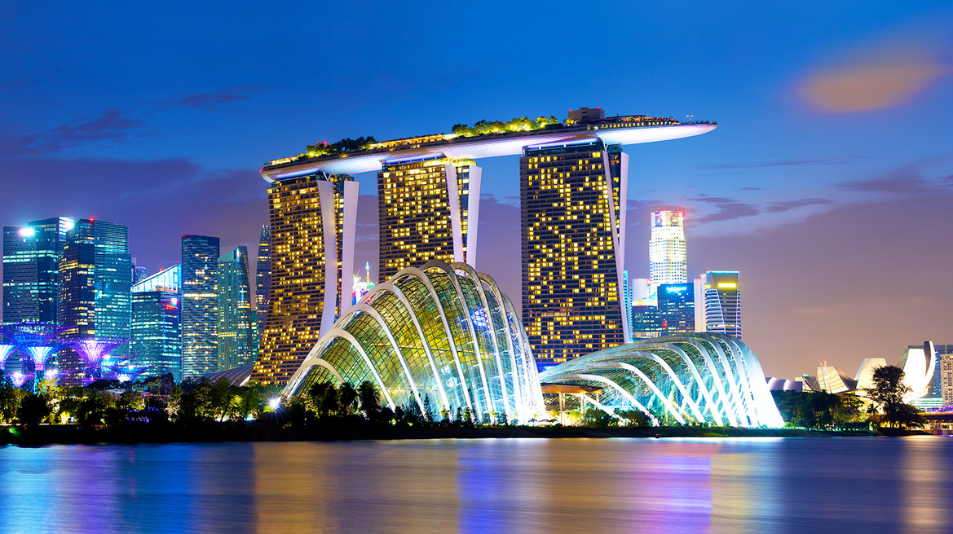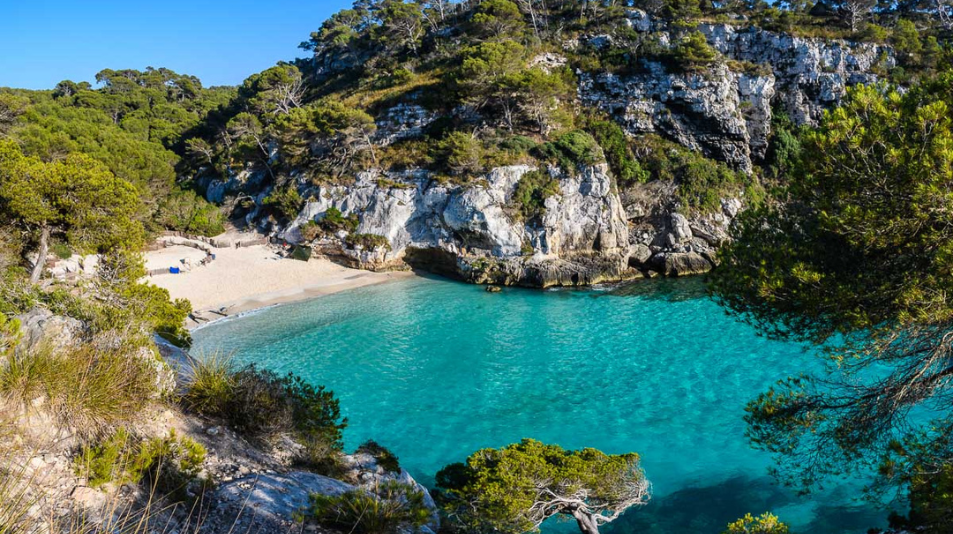Immerse yourself in the captivating allure of Rome, Italy’s capital, known for its rich history, stunning architecture, and delectable cuisine. This article unveils 20 fascinating facts about Rome, offering a glimpse into the city’s unique characteristics and why it remains a top destination for travellers worldwide.
The Origin of Rome’s Name
The name ‘Rome’ has several possible origins. It could come from the Etruscan word ‘rhome’, meaning ‘strength’ or ‘river’, or it could be related to ‘rum’, meaning ‘teat’, referring to the wolf that suckled the city’s mythical founders, Romulus and Remus.
The Vatican City
Rome houses the Vatican City, the world’s smallest state, entirely within its city limits. This sovereign state is the spiritual and administrative headquarters of the Roman Catholic Church.
The Capuchin Crypt
The Capuchin Crypt in Rome, decorated with the bones of 4,000 deceased monks, gave its name to the popular coffee drink, Cappuccino. The monks were known for wearing a hood or ‘cappuccio’ with their habits.
SPQR
The abbreviation ‘SPQR’ can be found on many Roman statues, buildings, and military standards. It stands for ‘senatus populusque romanus’, meaning ‘The senate and people of Rome’.
Roman Medical Knowledge
Roman physicians had a wide range of surgical tools, and many modern medical terms still have Latin roots. For example, the knee cap is the ‘patella’, which is Latin for ‘shallow dish’.
The First Shopping Mall
The Emperor Trajan in Rome built the first-ever shopping mall. It consisted of several levels and more than 150 outlets that sold everything from food and spices to clothes.
The Eternal City
With nearly 3,000 years of rich history, Rome is often called the ‘Eternal City’. Despite its ancient roots, it remains a vibrant and dynamic city to this day.
Unique Roman Cuisine
Roman cuisine is a blend of local and foreign influences. Wealthy Romans might enjoy exotic foods such as stuffed flamingo, and fish sauce called ‘liquamen’ or ‘garum’ made from fish intestines was also popular.
The Colosseum
The Colosseum, originally the Flavian Amphitheatre, took its name from the Latin word ‘colossous’, meaning ‘giant statue’. A huge statue of Nero stood near the stadium, giving it its nickname.
Roman Superstitions
Ancient Romans were highly superstitious. They believed that seeing an owl was a bad omen, sniffing cyclamen flowers would prevent baldness, and ringing bells eased the pain of childbirth.
The First Shopping Mall
The first-ever shopping mall was built by Emperor Trajan in Rome. It had several levels and more than 150 outlets selling everything from food and spices to clothes.
The Eternal City
Often referred to as the “Eternal City”, Rome boasts nearly 3,000 years of rich history. People have continuously lived there since 625 B.C.
The Capuchin Crypt
The bones of 4,000 departed monks adorn the Capuchin Crypt in Rome. The term ‘Cappuccino’, a popular coffee drink, originates from this monk order, known for their hooded habits, or ‘cappuccio’.
The Roman Aqueducts
Most Roman aqueducts were over 55 feet high. Their great height not only controlled the flow of water but also made it more difficult for someone to steal water and for enemies to put poison in it.
The Colosseum
On the day the Colosseum officially opened, 5,000 animals were killed. During its history, it has been estimated that over 500,000 people and over a million wild animals were killed there.
The Mouth of Truth
Now assumed to be an ancient Roman manhole cover or part of a first-century statue, past generations thought Rome’s “Mouth of Truth” (La Bocca della Verità) to be a sort of ancient lie detector. It would supposedly cut off a person’s hand if it was placed in the mouth while the person spoke a lie.
Roman Superstitions
Ancient Romans believed that seeing an owl was a bad omen, sniffing cyclamen flowers would prevent baldness, and ringing bells eased the pain of childbirth. The presence of bees, which were considered sacred messengers of the gods, were seen as a sign of good luck.
Roman Cuisine
Wealthy Romans might enjoy exotic foods such as stuffed flamingo. Fish sauce called liquamen or garum made from fish intestines was also popular.
The Roman Road Network
By the early fourth century, the Romans had built a road network of 53,000 miles throughout the empire. Each Roman mile was about 1,000 paces (about 4,800 feet) and was marked by a milestone.
The Fall of Rome
Theories as to why Rome fell include political weakness and corruption, immorality, Christian pacifism and superstition, racial mixing, class conflict, environmental problems, a divided capital (Rome and Constantinople), plagues, and mass migrations of wild Germanic people. Another theory is that water supplied by lead pipes caused widespread health problems including brain damage and impaired intelligence. Some scholars speculate that Rome never fell, it just adapted to a changing world.
In a nutshell, Rome, the “Eternal City”, is a treasure trove of history, culture, and cuisine. From its ancient ruins and fascinating traditions to its culinary delights and enduring influence, Rome continues to captivate and inspire. Whether you’re a history buff, a foodie, or just a curious traveller, Rome promises a unique and unforgettable experience.




